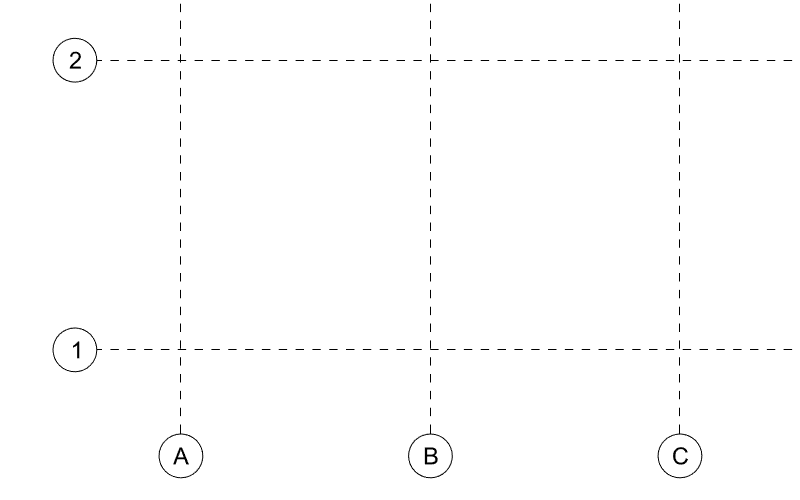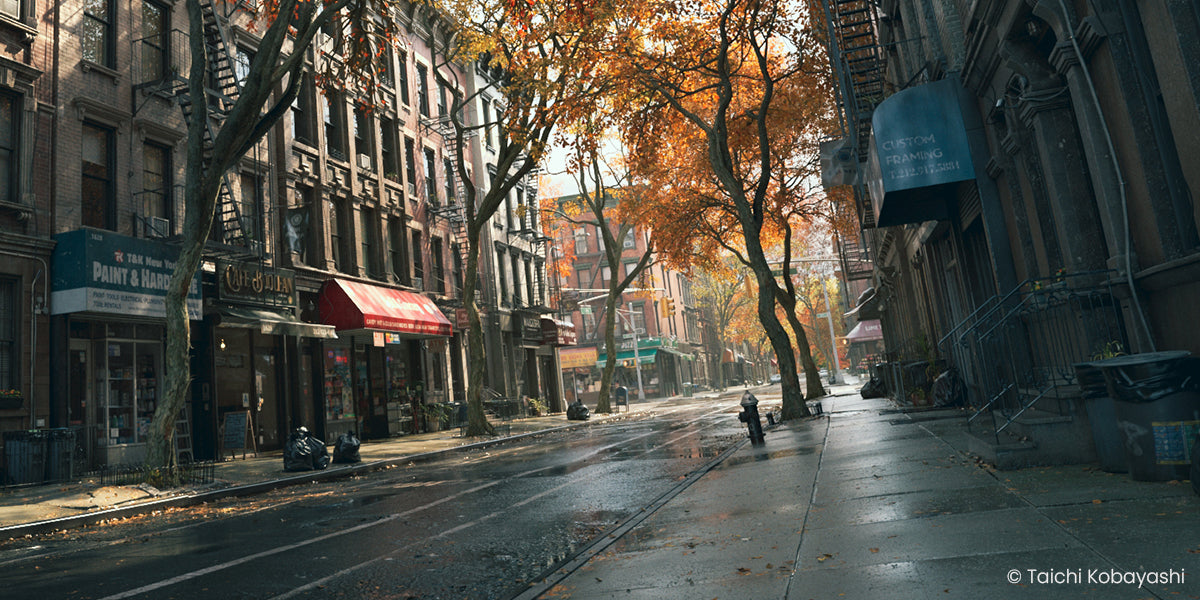Your Cart is Empty
Customer Testimonials
-
"Great customer service. The folks at Novedge were super helpful in navigating a somewhat complicated order including software upgrades and serial numbers in various stages of inactivity. They were friendly and helpful throughout the process.."
Ruben Ruckmark
"Quick & very helpful. We have been using Novedge for years and are very happy with their quick service when we need to make a purchase and excellent support resolving any issues."
Will Woodson
"Scott is the best. He reminds me about subscriptions dates, guides me in the correct direction for updates. He always responds promptly to me. He is literally the reason I continue to work with Novedge and will do so in the future."
Edward Mchugh
"Calvin Lok is “the man”. After my purchase of Sketchup 2021, he called me and provided step-by-step instructions to ease me through difficulties I was having with the setup of my new software."
Mike Borzage
An Interview with Chris Yessios, CEO of auto.des.sys (formZ)
May 21, 2007 5 min read

Chris Yessios is the President and CEO of auto.des.sys, Inc., and Professor Emeritus at The Ohio State University. He holds a PhD in Computer Aided Design from Carnegie-Mellon University and his formal education includes a BArch and a Diploma in Law, both from the Aristotelian University in Greece. He taught and researched at The Ohio State University where he was a Professor of Computer Aided Design and Director of the Graduate Program in Computer Aided Architectural Design.
In 1990, with David Kropp, an ex student of his and now Senior VP of Development, Chris Yessios founded auto·des·sys, Inc., developer of the popular 3D modeling software, form.Z. Last year Chris received the CAD Society Joe Greco Community Award.
I had the opportunity to meet Chris and other auto.des.sys folks at MacWorld in San Francisco. Considering his long experience in 3D modeling, I thought it would be interesting to know more about his company, form.Z, and to have his opinion on the evolution of 3D technologies. Here is the interview.
Chris, can you tell us a bit about yourself and your company?
our goal was to bring down to the PC (Mac) and disseminate advanced 3D modeling
I made the decision to concentrate on computer aided design in 1969 when I enrolled to a doctorate program at Carnegie-Mellon University in Pittsburgh. After graduation, I took an academic job at The Ohio State University, where slowly at first, but patiently we started developing many of the techniques that are taken for granted today. Prototypical 2D drafting and 3D modeling programs were already running on mainframes at the University by the early 80s, while a few commercial turnkey systems were also making their appearance, at a very high cost I should add. Even some early implementations of what has come to be known in the architecture field as BIM (Building Information Modeling) were already available to our students in those days. What was missing was the ability to disseminate their usage, as installations at different universities tended to be rather unique and the professions could not afford to match them.
All this, of course, changed with the availability of the PCs. This is when our company, AutoDesSys, Inc. (standing for Automated Design Systems) was founded by an ex student of mine and myself, with a few more ex students working with us. The year was 1989. Our goal was to bring down to the PC (the Mac to be more exact) and disseminate advanced 3D modeling techniques previously running on mainframes only. About a year later, form.Z was born.
I have a strong impression from interacting with your company that auto.des.sys is like a group of friends working for other friends. I never felt an impression of dealing with a corporation. How did you manage to create such a friendly environment?
This was never planned. It just happened. Thus, I am afraid, I have no recipe to offer.
The initial group of people shared an interest in producing tools that made their lives as designers easier and had worked together before. In the early days we also stayed in close touch with our professional users who were giving us constant feedback. As the company grew in more recent years, we have tried to maintain as much of this spirit as possible, even though I have to admit it is not as easy as it used to be.
Form.Z started as a software for architects, but quickly became popular among a wider set of users. How do you serve the needs of different types of users with just one single product?
It is true that our initial intention was to produce a program geared towards architectural design. We even initially used a different name that reflected this. However, we soon realized that the need for 3D modeling was much broader than architecture and all kinds of different design fields were ready to use more or less the same modeling tools. This is when we switched our emphasis and developed a general purpose modeler.
There are certain modeling operations that may be considered “generic”, meaning that they are useful to everybody, rather than to specific design fields only. The Booleans are probably the best example of such operations. We were apparently successful in providing a fairly complete set of such generic operations that many different fields could be happy with. This being at a time (early 90s) when competing modelers were rather primitive, form.Z had no difficulty gaining in popularity fast. Even today, some of its operations (including the Booleans) remain uniquely capable and robust, which is why its popularity continues, in spite of the availability of more modelers on the market.
You are a Professor Emeritus at Ohio State University where you taught Computer Aided Design until 1995. How has your academic experience impacted the products created by auto.des.sys?
we (are) constantly trying to find better ways of applying the computer to design tasks
What I enjoyed most when I was at the University was the research side of my duties. The ability to explore new ideas and techniques. My area of concentration was such that even my class lectures were mostly based on what we had explored and developed in the lab recently, sometimes as recently as “yesterday.” It is no different in our company. Not only have we drawn a lot from the knowledge we developed in academia, but we also work with a similar attitude, constantly trying to improve and find better ways of applying the computer to design tasks.
New users can now enjoy the freedom of several options when choosing a software system for 3D modeling, rendering, and animation. Which users should choose form.Z and why?
Yes, it is true, there are several 3D modelers available today, which were not there not too long ago. However, it is also true that none of these modelers is exactly the same with one another. On the contrary, a number of modelers are considered complementary to each other and are used in such a fashion. Thus, form.Z is frequently used for the modeling part of a project that is subsequently animated in another application. Needless to note that, with the recent inclusion of more animation tools in form.Z, there will be less of a need to animate with another program.
Who should choose form.Z? Anybody who is inclined to think of objects as being objects and who expects them to behave like objects when they are operated on. This is in contrast to the process based modeling implemented in the programs that are geared mostly towards animation. Also, anybody who wants to explore new forms and designs, or who may wish to start with concepts and carry them all the way to detailed designs, automatic fabrication, and beyond. form.Z seems to possess an uncanny ability of going beyond where other modelers are able to take a user. It can routinely turn a 3D experience into a creative process that produces results far beyond what is possible with conventional means.
Since its appearance, 3D modeling software has continually evolved to become easier to use and more powerful. Apart from this major trend, what will be the next big step?
Intelligent behavior. Over the years we have talked about knowledge based design leading to design automation and intelligent structures, both architectural and at smaller scales. Much of this will be based on the continuously increasing computer powers (speed and storage capacities), which are already at levels unthinkable just a couple of decades ago. We are finally coming to the point when we shall be able to capitalize on all this power.
I would like to thank Chris Yessios for taking the time to speak with me today. If you have any questions for Chris or for Novedge, please leave a comment below and we will be glad to answer.
Franco Folini
Also in NOVEDGE Blog

MecSoft Unveils RhinoCAM 2025 and VisualCAD/CAM 2025 with Enhanced Features
March 08, 2025 5 min read
Read More
Maximize Your Architectural Workflow with VisualARQ 3's New Guides Feature
January 30, 2025 5 min read
Read More
Introducing V-Ray 7: Transforming Creative Workflows in Maya and Houdini
January 28, 2025 7 min read
Read MoreSubscribe
Sign up to get the latest on sales, new releases and more …


